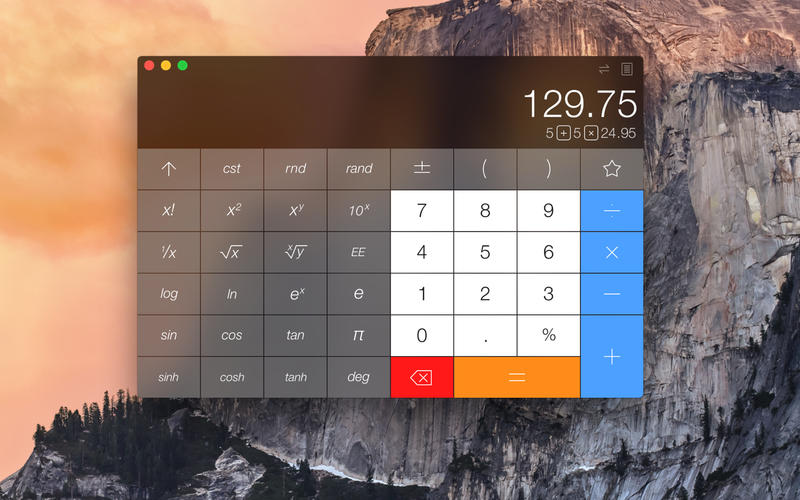

No correction for neutron burn up has been made. Is assigned to the daughter and no entry is made for the parent, as In a few cases where the parent nuclide t1/2 is very short all production Production it is simplified to a single parent, that with the greaterĬross-section or that with the longer half-life together with the sum Where both m and g state contribute to daughter Where the decay product is a new nuclide a line has been added to theĭatabase to account for this. In most cases the daughter is in a simple decay equilibrium. Nuclide name to warn that the daughter production has not been accountedįor. In cases where the above condition is not met an * is put next to the less than 1 day, so that all the daughter The s of the parent has been added to that of the daughter when theĭaughter t1/2 is much longer (true for most cases) and the parent

Typically, for a decay chain where the daughter is also produced (isomers) Simplifications have been made as indicated in the comments column in Remember, the X in EXP(X) is limited to |X|<709 This can beĬorrected by reformulation or approximations but has not been done. Precision is inadequate and you get negative results. Such as 0.1 μCi using: index.html?decay=0.1įor some numerical combinations with very large half-lives the numerical The cutoff level, or to 0.0005 μCi if cutoff is 0. The cutoff values for displaying activation data are set to 0.0005 μCiĬan be displayed using: index.html?cutoff=0 decay cutoff The activation calculator determines the amount of time for the activation to decay to Index.html?abundance=NIST activation cutoff The NIST database can be selected for isotope abundance using: Scattering calculator uses the NIST atomic weights and isotope compositionĬalculation parameters are controlled by URL: isotope abundance By default, theĪctivation calculator uses values from the IAEA Isotopes is used to determine the total activation. WhenĪn element is used in a formula, the natural abundance of the individual The neutron activation calculation follows ( Shleien 1998).Īctivation is a function of isotope, not element. Within the NCNR, you can access a list of This is only need for computing the neutronĪctivation from the experiment, and is not used for computing scatteringĬross sections. Provide the thermal flux equivalent for the pre-sample beam configurationįor the instrument.


 0 kommentar(er)
0 kommentar(er)
